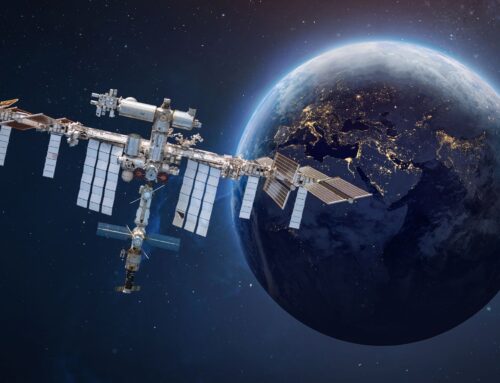Humankind has achieved remarkable goals during the space age. Less than a century ago, the idea that humans would ever set foot on the moon was understandably dismissed by many as science fiction. Now we’ve completed six manned landings and several more unmanned. Meanwhile, humans have continually lived in orbit at the International Space Station since 1998.
It’s obviously important to treat these achievements with the respect and admiration they deserve, but it’s also important to keep in mind that space travel is a fairly new development in human history. We haven’t even begun to fulfill our potential in this endeavor. What’s next for space exploration?
The following are some of the more noteworthy updates about the future of space exploration. Sooner than you might think, humankind may achieve:
A Mars Voyage
Sending human beings to the moon was a major step beyond the confines of our world. In recent years, we’ve begun to set our sights on a slightly more distant target: Mars.
This July, NASA will launch the Mars 2020 Rover. Its mission is to search for signs of habitable conditions on the Red Planet in the ancient past, and current signs of microbial life. The rover will be fitted with a drill that will take core samples of rock and dirt and store them in a cache.

The Mars 2020 Rover will also be a step forward on the long-term path to land humans on Mars. The mission will demonstrate technologies that address the challenges humans may one day face on Mars: producing oxygen, identifying resources like subsurface water, safe landing techniques, and characterizing weather and other environmental conditions that would affect future astronauts working on Mars.
So when might humans actually land on Mars? According to an independent report commissioned by NASA and prepared by the Science and Technology Policy Institute earlier this year, any plans to send humans to Mars by 2033 are infeasible. The earliest such a mission could be launched would be the late 2030s. However, Elon Musk has said he intends to launch a private Mars Mission via his company SpaceX well prior to that.
Back to the Moon
Sending humans on a long trip to Mars is of course a challenge. The trip would be very lengthy—around 150 to 300 days, depending on the alignment of Earth and Mars, among other factors. Other than the higher price tag of a Mars mission, this is one reason some believe our next major achievement in space should be establishing a longer-term presence on the moon.
Establishing a lunar presence would give humans opportunities to explore the moon more thoroughly than ever before. Experts believe that it could even provide a foundation for private companies to begin creating an economy on the moon. In addition, sustained lunar exploration could also help facilitate a future Mars mission. Astronauts could learn how to handle some of the challenges that will present themselves during a mission to Mars. NASA’s Moon to Mars initiative—part of the Artemis program—is designed with this goal in mind.
Artemis would be supported by Gateway, a space station orbiting the moon. Gateway would act as a research laboratory, holding area for rovers and other equipment, short-term habitation module, and communications hub. In short, it would serve as a staging point for future missions to the moon, as well to Mars. Notably, Gateway would be developed, maintained, and utilized by private companies as well as NASA’s partner agencies in other countries. Private companies will also be able to bid on proposals to provide deliveries to the moon via NASA’s Commercial Lunar Payload Services initiative.

If all goes to schedule, the first Artemis mission will land humans on the moon in 2024—including the first woman on the moon. However, there is plenty of skepticism as to whether this ambitious timeline is feasible.
In September, Ken Bowersox, NASA acting associate administrator for human exploration and operations, told the House of Representatives Science, Space, and Technology Committee that NASA would do its best to meet this timeline, but that the 2024 landing goal was not the agency’s main objective.
Expanding Access to Space Travel
There’s reason to believe that astronauts won’t be the only people venturing to the stars for much longer. Many companies and agencies predict that space tourism is likely to be a reality within a decade, if not sooner. Currently, a total of seven people have traveled to space as tourists. The first was in 2001, and the most recent was in 2009.
Earlier this year, NASA announced that the US segment of the International Space Station (ISS) would host “private astronaut missions” for up to 30 days for $35,000 per night, not including transportation to and from the ISS. Since the retirement of the US Space Shuttle program in 2011, Russia’s Soyuz spacecraft is the only means of crewed spaceflight.
For around $52 million, Elon Musk’s SpaceX will fly a passenger to the ISS, once it begins crewed flights. In March, SpaceX’s Crew Dragon, the first commercial spacecraft built for humans to travel to the ISS, completed a successful unmanned mission to the ISS.
For a lower price of around $250,000, commercial passengers may be able to take suborbital flights via Virgin Galactic’s SpaceShipTwo and Blue Origin’s New Shepard, possibly as early as this year.
While all these flights are costly and space tourism may be restricted to an elite few at first, it will be yet another step forward in humanity’s exploration of space. In the future, a trip to space may one day be as commonplace as an overseas flight.






